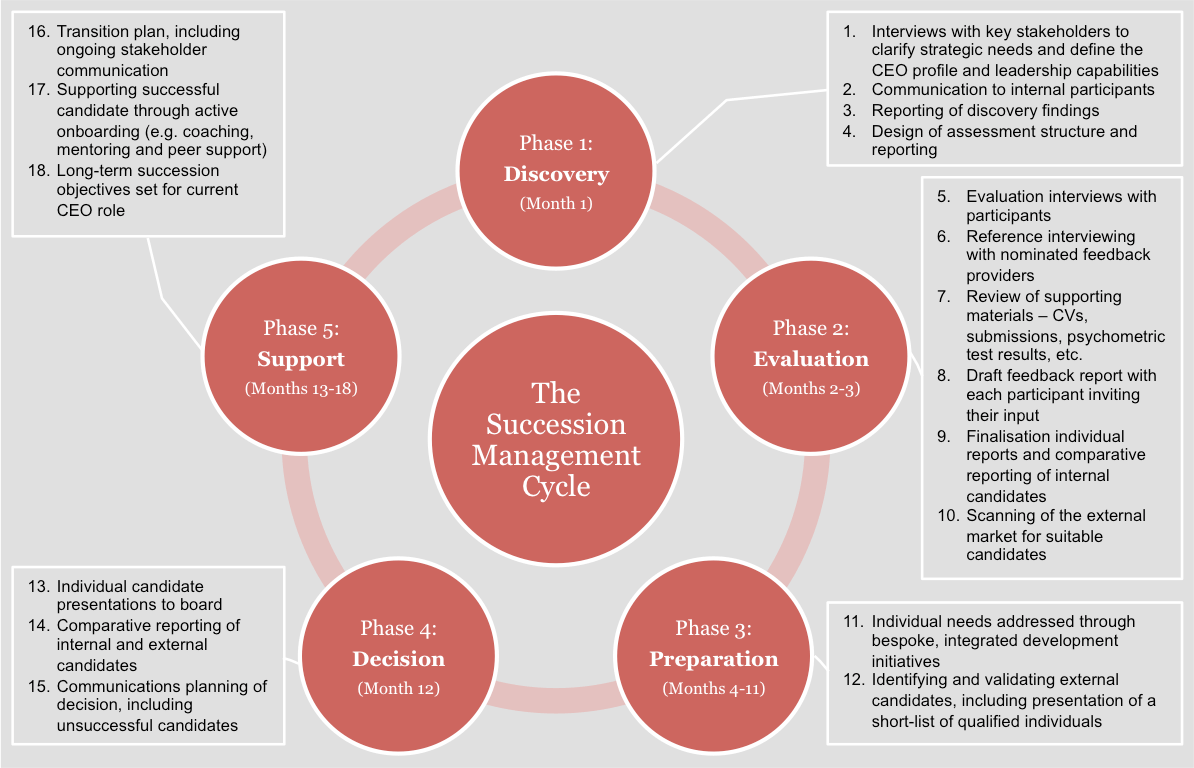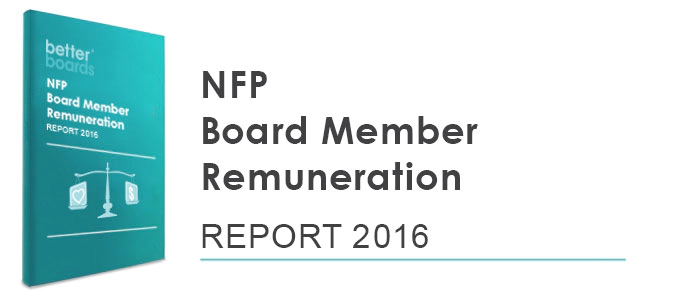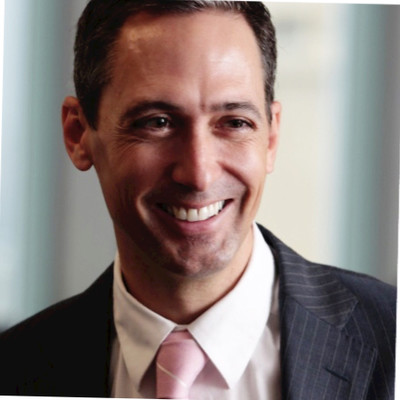leadership
Leadership Succession Management as an Ongoing Governance Discipline
Published: November 7, 2016
Read Time: 5 minutes

A board’s primary responsibility for the succession of the senior leadership of an organisation is increasingly acknowledged in light of clear evidence that inevitable changes in these positions often cause preventable disruptions to corporate performance.
Australia, which previously has been lagging its counterparts in the US and the UK, has recently tightened its governance guidelines to make boards more accountable for directly overseeing the succession of all key management positions. As this translates into one of the most ‘hands on’ roles of a board, how can directors ensure that an effective approach is being implemented? The following sets out a framework which is consistent with established research evidence and has been proven with a number of leading Australian organisations, including BHP, Brambles, CBA, CSR, Qantas, Worley Parsons and Westpac, amongst others. It shows, first and foremost, that a well-managed succession process is not an event-based planning activity but rather an ongoing discipline that requires the board to spend sufficient time to clarify future leadership needs and support the targeted and proactive development of individual leaders in preparation of the inevitable succession event.
Three key questions
Best-practice leadership succession management processes involve defining, evaluating and raising the critical leadership capabilities of key senior executives in the context of strategic needs and extending this lower down the management hierarchy to include the organisation’s identified talent pools. These processes are founded on answering three fundamental questions, which apply regardless of the size and complexity of the organisation:
- What leadership does the organisation need to succeed going forward?
- What leadership does the organisation have in place at present?
- What must happen to close any apparent gaps and keep them closed?
One of the most common pitfalls is for a board to be impacted by a number of unconscious biases and jump to the second question by identifying the individual who most looks like the right leader. The consequence of this is that the person may or may not incorporate the capability required to ensure sustainable performance and successful execution of strategy, effectively flipping a coin and gambling on the future of the organisation.
Phase 1: identifying future leadership needs
In answering the first question, the experience of some of the most successful organisations demonstrates that this requires a focus on the future requirements of the organisation and reflecting relevant strategic objectives as critical leadership tasks and corresponding capabilities. It also requires aligning these with operational priorities and the needs of all relevant stakeholders.
A powerful output of this discovery phase is the drafting of a leadership capability blueprint, an ever-evolving profile of the critical leadership tasks and corresponding skills, knowledge and attributes that will drive leadership effectiveness and successful organisational outcomes. A key benefit of this process is identifying the extent to which there is clarity and alignment between all stakeholders, which arguably represents the critical starting position for future success. Any misalignment or lack of clarity can be addressed early and constructively.
Phase 2: Evaluating existing and potential leadership capability
Answering the second question involves the detailed evaluation of potential internal candidates (and where identified, external targets) against the blueprint of the particular leadership role. This requires the design of a bespoke evaluation process to enable an objective assessment of each potential candidate for the role.
This can be extended to include other members of the senior leadership team in the context of de-emphasising succession and investing in the development of all senior leaders to achieve superior business outcomes. The process typically includes multiple assessment and case interviews, internal and external 360-degree feedback interviews, reviewing past performance reviews and, importantly, informal feedback that inevitably will be generated in a process of this nature.
The output of the evaluation phase includes individual and collective, comparative assessment reports that highlight strengths, development needs, career ambitions, whether individuals themselves have potential successors or are actively developing these, and an evaluation against the key capabilities of the leadership blueprint. Where it becomes apparent that the organisation lacks viable internal candidates, the board needs to understand the availability of potential hires notwithstanding that such external appointments come at significantly greater costs and failure rates compared to internal promotions.
Phase 3: Raising leadership capability through targeted development
An effective response to the third question requires the organisation to provide active support to each potential candidate based on evaluation feedback and identified development initiatives. The aim of this phase is to close any critical gaps through targeted and proactive development that is, as much as possible, integrated into individuals’ day-to-day activities rather than external training courses and in addition to effective coaching and mentoring support.
The development plan is typically designed in collaboration with each individual and the CEO (who themselves are ideally part of the development initiatives), chairman and/or HR professional to maximise their engagement and motivation to pursue relevant development goals. The content of the development process is a function of individual strengths and development needs and ideally consists of a dedicated, practical syllabus for each participant to prepare them for ‘step-up’ readiness. Best-practice approaches ensure that development does not occur in isolation, but also supports individuals in maximising their performance in their current roles.
Conclusion: Phases 4 and 5 – Decision making and transition support
The quality of how an organisation has been responding to the above three questions will determine how well it can manage the actual succession event. Leading organisations will have undergone multiple cycles of identifying the future needs, evaluating available leadership talent and proactively developing internal candidates at the individual and collective, i.e. team level to ensure performance outcomes are maximised on a sustainable basis.
Board members will have gotten to know each of the internal candidates, experienced them in a number of different settings but will also be able to rely on an up-to-date, detailed and, importantly, objective assessment of the suitability of each individual and the consequential risk that their potential appointment represents. This can be greatly mitigated by not skipping over how to best support the transition of the newly appointed leader in recognition that they need to continue to learn in order to succeed.
Example of best-practice CEO/leadership succession management process

Share this Article
Recommended Reading
Recommended Viewing
Author
-
Managing Director
Leadership & Succession
- About
-
Ingo is a highly qualified and experienced leadership consultant and coach who has been working collaboratively with boards and senior leaders for more than a decade. As a co-founder of Leadership & Succession Partners, he is proven in successfully supporting large organisations in the assessment, development and succession of their senior leaders. Ingo holds a Masters in Coaching Psychology from the University of Sydney and a Bachelor of Business from the University of Technology Sydney. Ingo is a Fellow of the Australian Institute of Company Directors, accredited in a number of market-leading psychometric tools, and previously lectured at the Faculty of Economics and Business at the University of Sydney.
Found this article useful or informative?
Join 5,000+ not-for-profit & for-purpose directors receiving the latest insights on governance and leadership.
Receive a free e-book on improving your board decisions when you subscribe.
Unsubscribe anytime. We care about your privacy - read our Privacy Policy .










